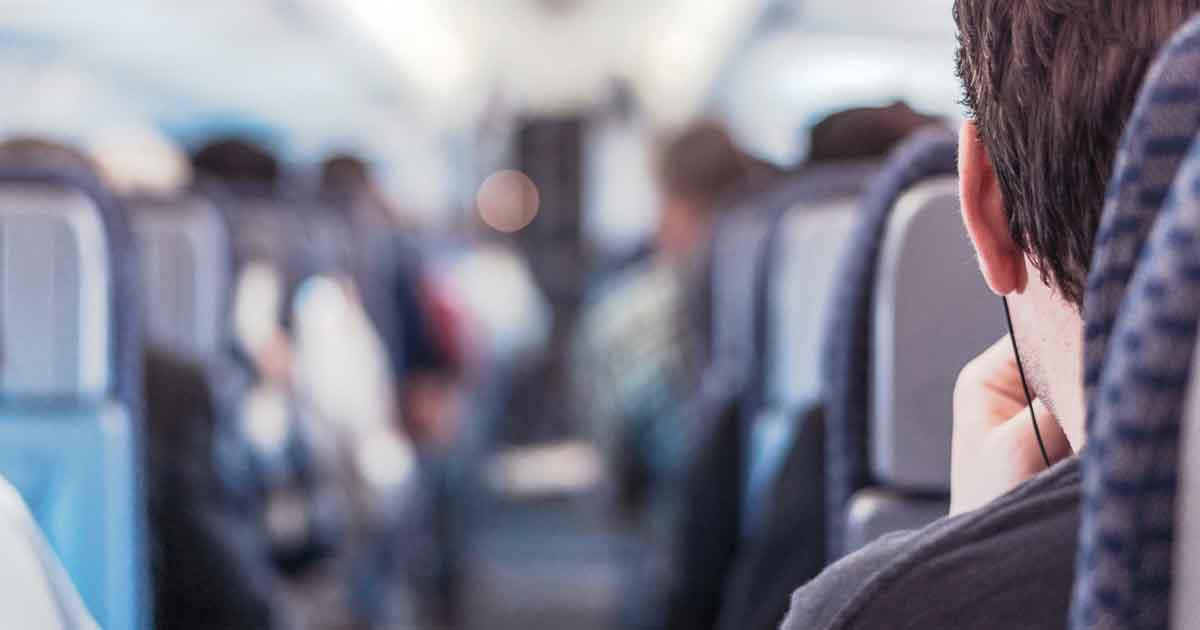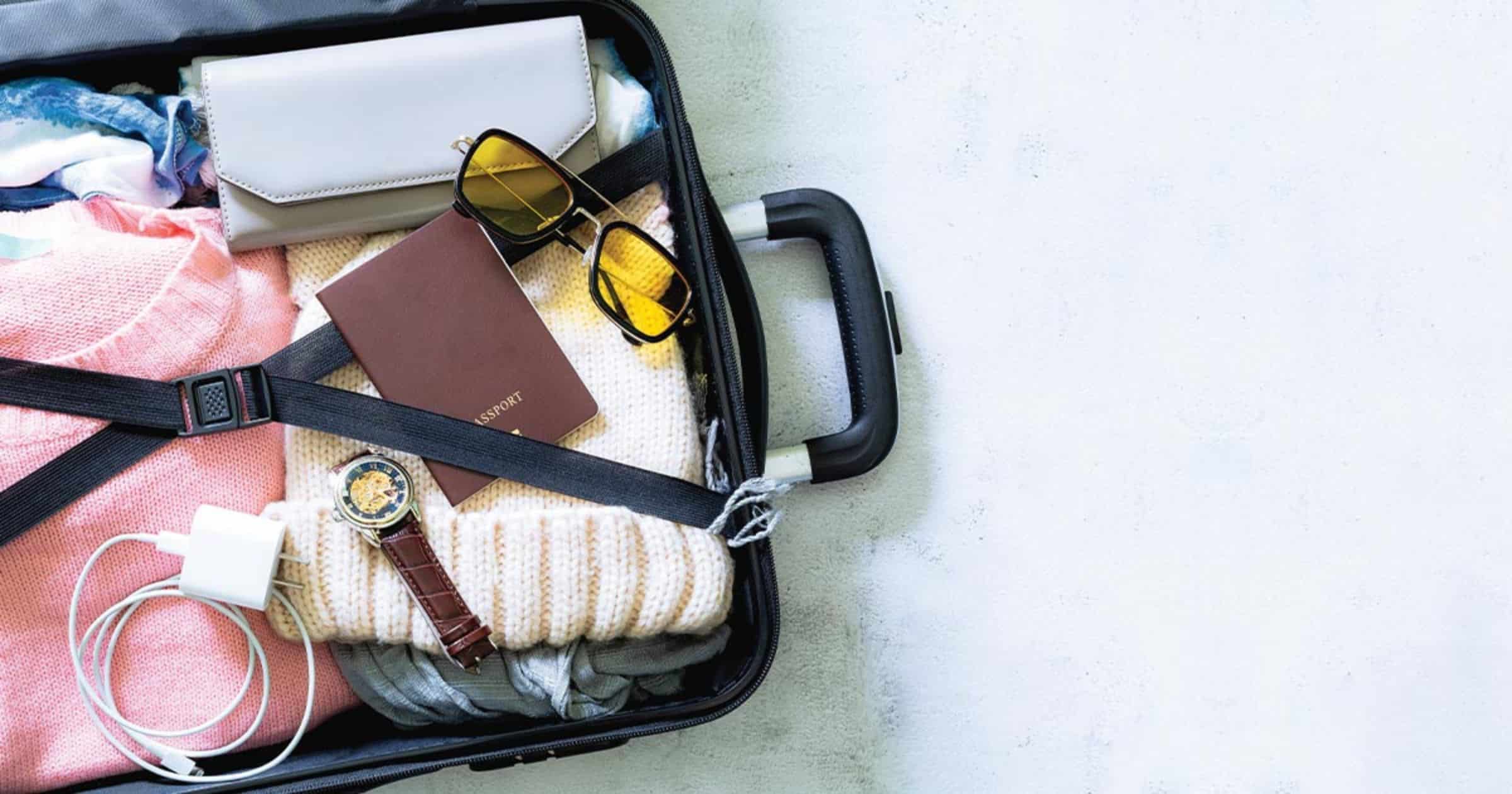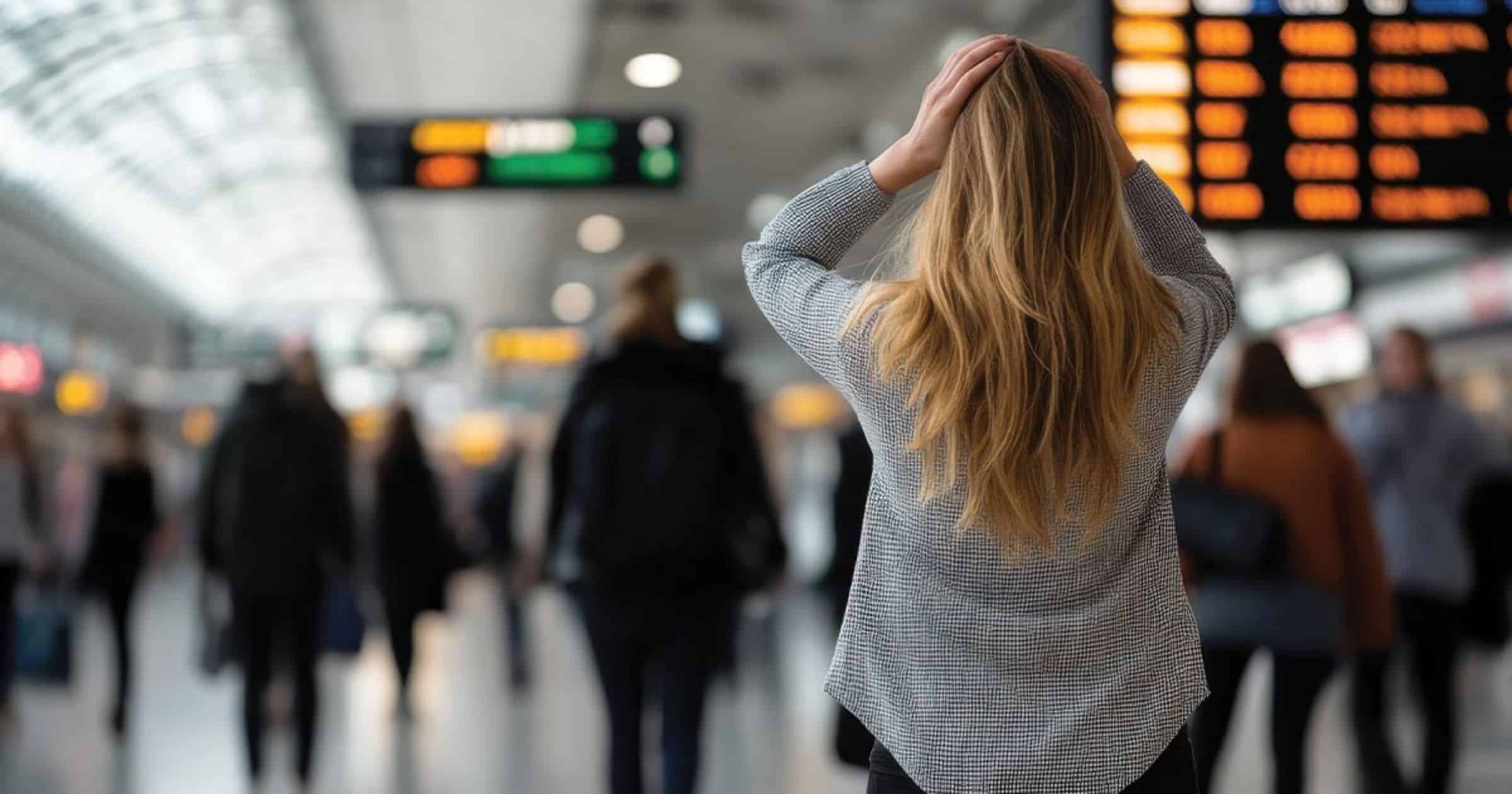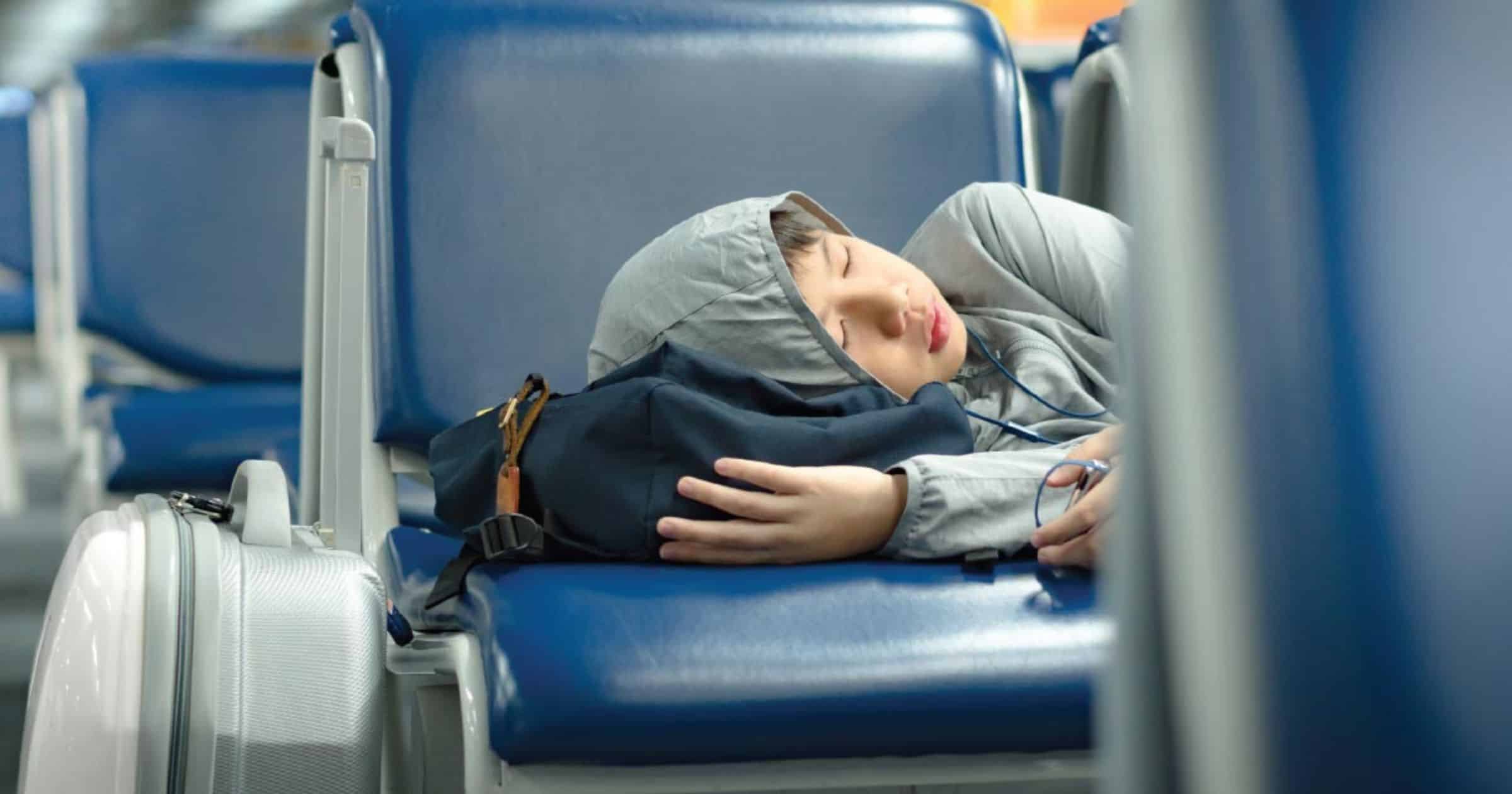Through the hustle and bustle of ticketing, managing your luggage and navigating the airport, your hearing is the last thing you’re usually thinking about while flying.
But it shouldn’t be. We have the reasons why protecting your ears while flying is vital—and what you can do that makes the difference.
Protecting Your Ears When on a Plane
At cruising altitudes, noise levels are typically around 85dB, yet noise may be a little louder on an older plane, especially toward the back. Exposure to 85dB for more than eight hours a day can cause permanent hearing loss or temporary hearing problems like tinnitus. However, at 100dB, the safe duration of exposure is only 15 minutes a day. To put it in perspective, normal conversation occurs at about 60dB.
To protect your ears, you may want to consider wearing hearing protection during takeoff and landing while avoiding the noisier areas of the plane—which tend to be the rear of the cabin and near the engines or propellers. When choosing the type of hearing protection or ear plugs that are right for you, there are a lot of good options. Your selection will depend on your preferences and comfort level. Even a relatively inexpensive pair of earplugs will protect your ears!
If you happen to be in a noisier section of the plane or next to a crying baby, you may be tempted to turn up the volume on your personal listening device. One study found that in an 80dB environment, listeners chose an average listening level of 93dB. Use of noise-canceling earphones in a loud environment such as a plane or public transit can significantly reduce listening levels.
Hearing loss accumulates over a lifetime, so even if you aren’t a frequent flyer, you should protect your ears on every flight. Everyday sounds—music in fitness classes, noisy movie theaters, gas-powered lawn tools—can cause damage to your hearing. Even being exposed to the noise of the subway for 15 minutes a day can cause permanent damage to your hearing. If you need to raise your voice to be heard at an arm’s length, the noise level in the environment is likely above 85dB in sound intensity and could damage your hearing over time.
What Is Airplane Ear?
Maybe you didn’t realize airplane ear was a possibility. Perhaps you’ve never heard of it! Airplane ear—also called ear barotrauma, barotitis media or aerotitis media—is the stress exerted on your eardrum and middle ear tissues when the air pressure in your middle ear and the air pressure in the environment are out of balance. It is usually caused by eustachian tube dysfunction. Patients who suffer from severe seasonal allergies or common colds, ciliary dysfunction, sinonasal disease, and immunodeficiency are at higher risk of developing airplane ear.
Why Does it Happen?
Typically, people experience pressure or pain at the beginning of a flight when the plane is climbing or at the end when it is descending. It is important to stay awake during takeoff and landing to protect your ears. The discomfort you feel in your ears is your body prompting you to equalize the air pressure in your ears. If you’re sleeping, you won’t feel the discomfort in your ears that cues you to yawn or swallow, to force air through the eustachian tubes.
In rare cases, changes in air pressure during a flight can cause ear pain or perforation, vertigo, or hearing loss. It has been estimated that 10 percent of adults and 22 percent of children may have damage to the eardrum after a flight, although perforation is rare.
Protecting Yourself
The good news: There are several ways to protect yourself from airplane ear. Usually yawning, swallowing, sucking on candy, or chewing gum can prevent or correct the differences in air pressure and improve symptoms.
When you swallow, you may notice a small click in your ears. That’s a bubble of air being moved through the eustachian tube. Those bubbles are constantly moving into the middle ear, where they balance the ear’s inner pressure. Airplane ear occurs when those tubes become blocked.
According to the Mayo Clinic, there are several steps you can take to protect your ears:
- Use the Valsalva maneuver during ascent and descent. Gently blow, as if blowing your nose, while pinching your nostrils and keeping your mouth closed—and repeat, several times.
- Stay awake during takeoff and landing, so you can swallow and yawn to equalize the pressure in your ears.
- Don’t fly—if possible—when you have a sinus infection, nasal congestion or an ear infection.
- Use filtered earplugs to equalize the pressure against your eardrum during ascents and descents.
- Use an over-the-counter decongestant nasal spray and/or oral decongestant pills about 30 minutes to an hour before takeoff and landing, to help open the eustachian tubes and equalize pressure on the eardrums.
- Take your allergy medication about an hour before your flight.
When to Seek Help for Your Ears
Symptoms of airplane ear usually resolve spontaneously. Within a few hours after the flight, the feeling of fullness in your ears or muffled hearing should dissipate. If the discomfort lasts more than a few hours or if you experience any severe signs or symptoms, you should visit a doctor.
Schedule a Hearing Assessment
Take the first step in having your hearing checked by a licensed hearing professional. It only takes one minute to request an appointment for your hourlong hearing assessment. Visit the National Campaign for Better Hearing to learn more.
Information courtesy of the National Campaign for Better Hearing.





